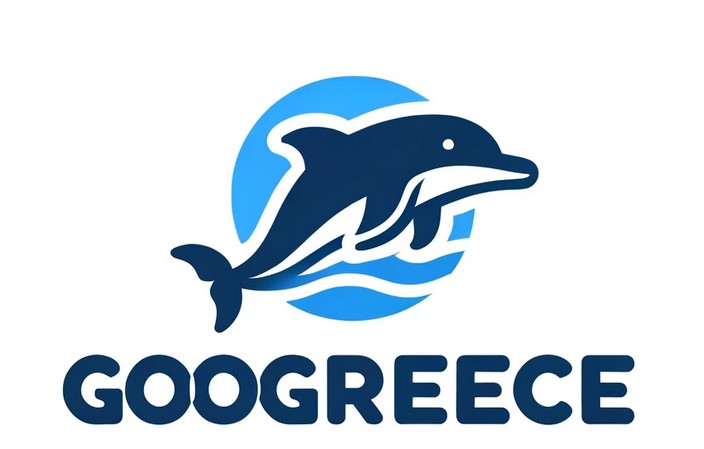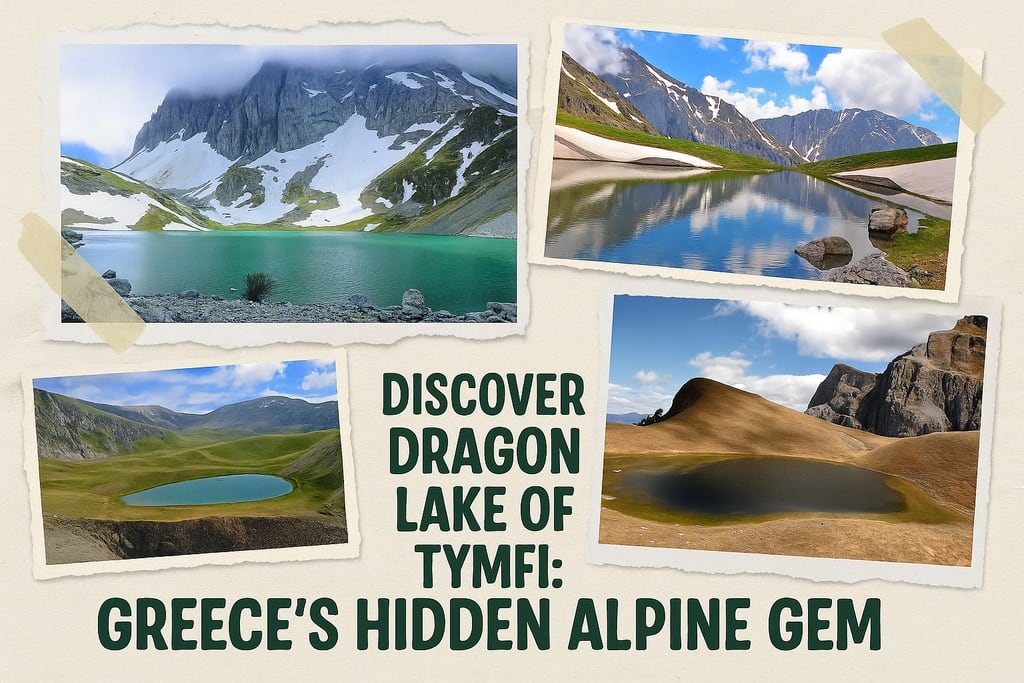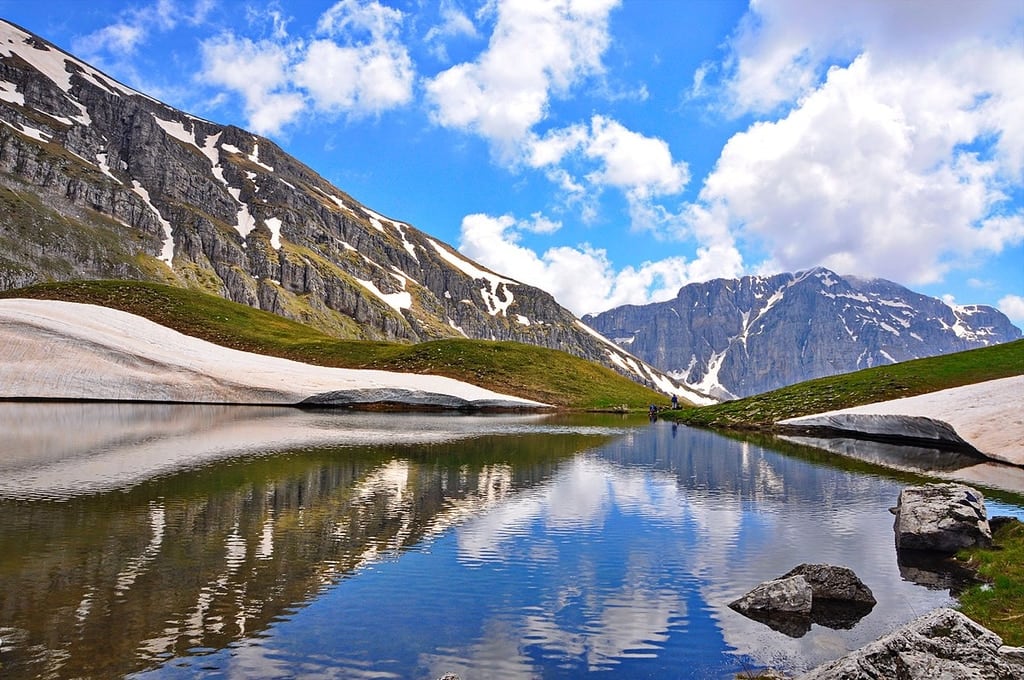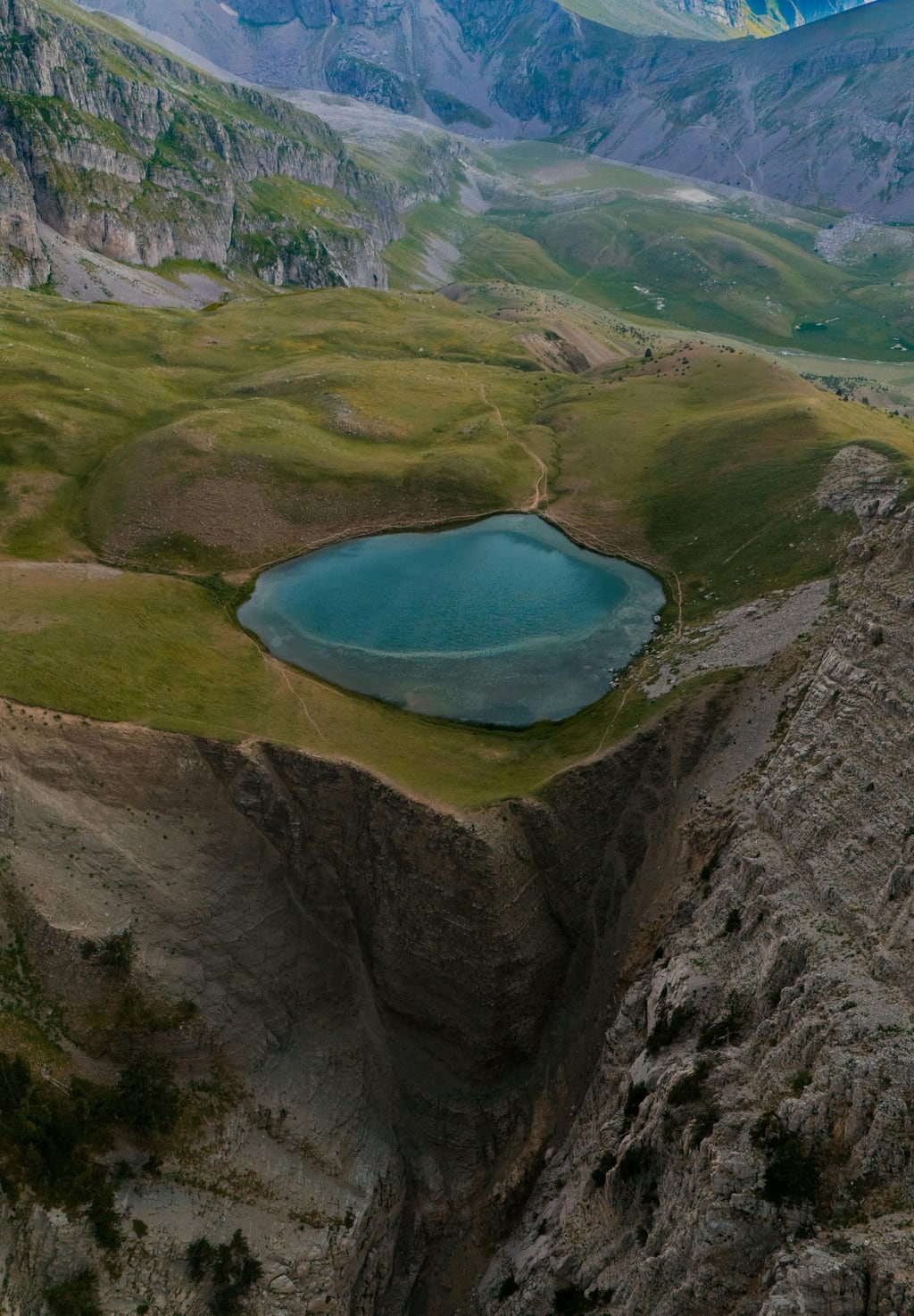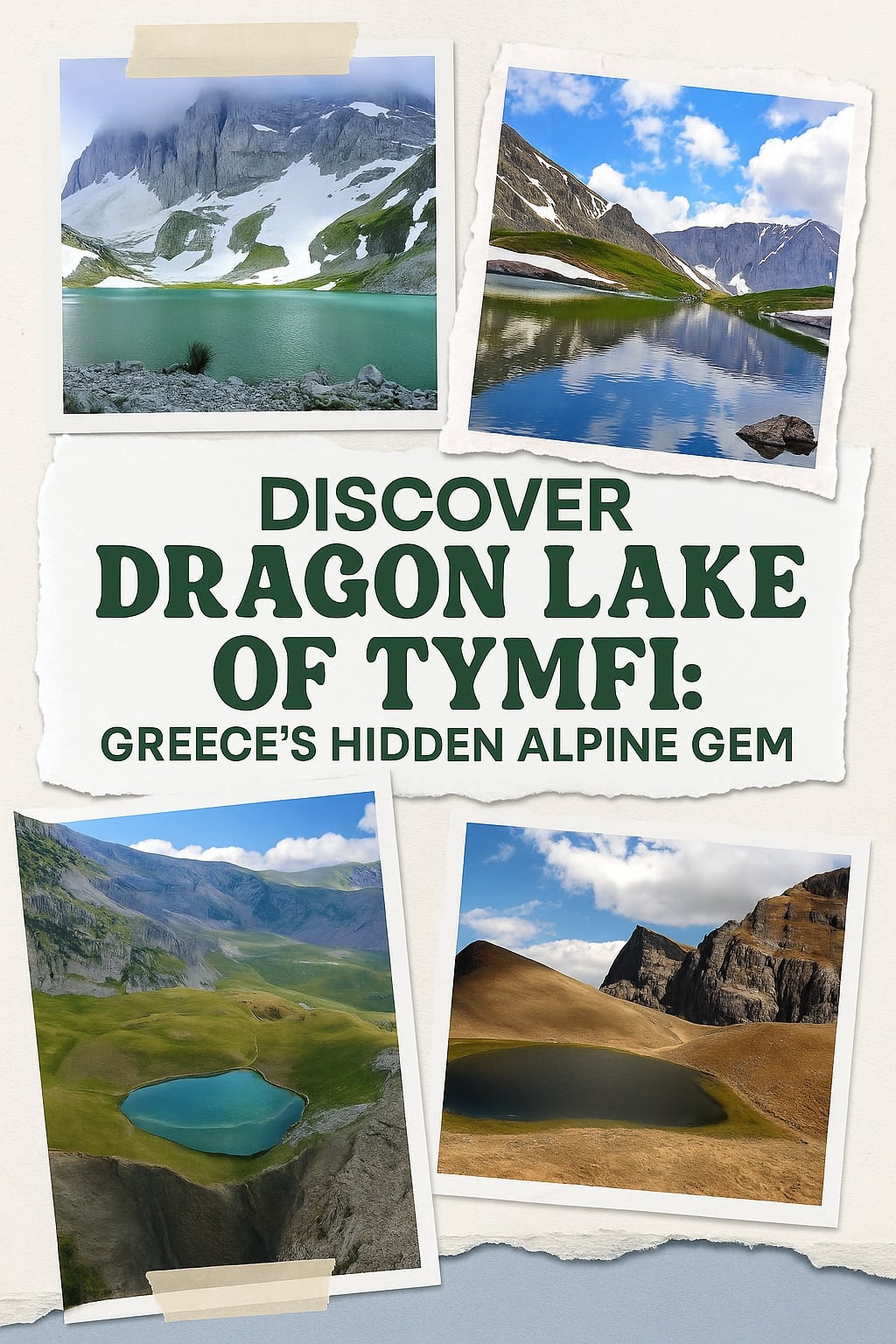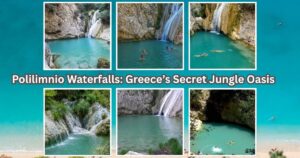Discover Dragon Lake of Tymfi: Greece’s Hidden Alpine Gem
A Myth in the Mountains
Hidden high among the wild peaks of northern Greece, above a vast canyon and across remote alpine meadows, lies a place that looks like it was carved out of legend: Dragon Lake of Tymfi, or “Drakolimni Tymfis.” Nestled in the rugged heart of the Epirus region, this breathtaking high-altitude lake sits at nearly 2,050 meters (6,725 feet) above sea level, and it remains one of Greece’s best-kept secrets. This mystical spot gets its name from ancient myths of shape-shifting dragons who once fought epic battles in these mountains. Today, what remains is a landscape just as dramatic, peaceful, and majestic — and far away from the typical Greek island scenes most travelers know. For hikers, photographers, and lovers of wild nature, Dragon Lake is a dream.
Where Is Dragon Lake?
Dragon Lake is located in the Tymfi mountain range, part of the Pindus Mountains, in the Vikos–Aoös National Park. This protected area is famous for its geological diversity and untouched nature. The lake itself is perched above the village of Papingo, one of the most scenic stone-built villages in Greece, full of traditional architecture and cozy guesthouses. Getting to Dragon Lake requires a hike — it’s not a drive-up spot — which makes it even more rewarding for those who make the journey. While the hike is moderately challenging, it’s absolutely worth the effort. The surrounding peaks, alpine meadows, and views over the Vikos Gorge, one of the world’s deepest, create a backdrop that feels otherworldly.
The Hike to Dragon Lake: What to Expect
The most common way to reach Dragon Lake is from Mikro Papingo, a picturesque village that serves as the starting point for the trail. From here, you’ll hike up to the Astraka Refuge, a mountain hut that sits at 1,950 meters and acts as a natural resting point before heading to the lake. The total hike from the village to the lake is around 8 kilometers (5 miles) one way, taking about 4 to 5 hours, depending on pace and conditions. The elevation gain is about 1,000 meters, so a decent fitness level is helpful, though many first-time hikers complete it without trouble. The trail is well-marked and passes through lush forests, rocky outcrops, and open meadows filled with alpine flowers in spring and early summer. Once you pass the Astraka Refuge, the terrain opens up dramatically. You’ll walk among windswept ridgelines and glacial plateaus, with cliffs dropping into deep valleys on all sides. And then, finally, you arrive at Drakolimni — a shimmering, crescent-shaped alpine lake surrounded by steep slopes and jagged peaks. If you’re lucky, you’ll spot the lake’s most famous residents: the alpine newts, or “drakakia,” which are small amphibians that gave the lake its name.
Staying at Astraka Refuge
If you’re planning to hike to Dragon Lake, spending a night at the Astraka Refuge is not just convenient — it’s a beautiful experience in itself. The refuge offers basic but comfortable beds, simple meals, and the chance to watch the sunset or stars over the mountains. There’s no need to carry camping gear if you plan to overnight here. During peak season (May to October), the refuge can fill up, so it’s best to book in advance. Prices are very reasonable — around 15-20 EUR per night for a bed, and meals cost about 8-12 EUR. They serve hearty mountain food like lentil soup, omelets, and pasta, along with hot drinks. There’s no internet and limited electricity, so it’s a true unplugged experience.
Best Time to Visit
The best time to hike to Dragon Lake is late May through early October, when the snow has melted and the trails are clear. In spring, wildflowers cover the hillsides, while summer offers warmer weather and slightly more hikers on the trails. Autumn brings fiery colors and fewer crowds. Winter visits are possible but only for experienced mountaineers, as heavy snow, avalanches, and sub-zero temperatures make the area dangerous and inaccessible. If you’re visiting in spring, be prepared for muddy sections and melting snow patches. Even in summer, the weather can change quickly — clear mornings often give way to afternoon storms. Always check local forecasts and start early in the day.
What to Bring and Wear
Since this is an alpine hike, it’s important to come prepared. Wear hiking boots with good grip, not sneakers. The trail has rocky and uneven sections that can be slippery when wet. Bring layers — even in summer, temperatures at the lake can drop to 5°C (41°F) or lower. A light jacket, fleece, and waterproof shell are recommended. Sun protection is essential: sunglasses, sunscreen, and a hat will protect you from intense UV rays at high altitude. Don’t forget water and snacks, though you can refill water at the Astraka Refuge. A camera or smartphone with good battery is also essential — the views are unbelievable and you’ll want to capture every moment.
Wildlife and Nature
Drakolimni is located in one of Greece’s richest natural ecosystems. The Pindus mountains are home to brown bears, wolves, lynxes, and over 150 bird species, including eagles and vultures. While these larger animals are elusive, hikers often see wild goats, alpine frogs, and of course, the famous dragon-like newts. The lake itself is surrounded by rare plants and alpine flowers, especially in spring and early summer. No swimming is allowed in the lake, both for conservation reasons and because the water is extremely cold year-round. Respect the environment — this area is protected, and keeping it pristine is part of the experience.
Food and Lodging in Papingo
Before or after your hike, the villages of Mikro and Megalo Papingo are excellent bases. They offer charming stone guesthouses, tavernas, and coffee shops, with views that stretch across deep canyons and forested slopes. Lodging in the area ranges from 30 to 70 EUR per night, often including breakfast. Local tavernas serve dishes like wild mushroom risotto, spetsofai (sausage stew), grilled meats, and tzagopita, a local cheese pie. Portions are generous and prices are fair — expect to pay around 12–18 EUR per person for a full meal with drinks. It’s also a great chance to try tsipouro, a strong local spirit served in small glasses.
Getting There
Getting to Papingo from other parts of Greece requires a bit of planning, but that’s part of what keeps this place so special. The nearest airport is Ioannina National Airport, about 1.5 hours by car from the village. From Thessaloniki, it’s around 4.5 hours by car, while from Athens, it’s about 7 hours. Public transport to Papingo is limited, so most travelers rent a car, which also gives more freedom to explore the surrounding Zagori villages and mountain trails. The roads are narrow and winding, especially the last 10 kilometers up to Papingo, but they’re in good condition and offer fantastic views.
Extend Your Adventure
If you fall in love with the area (and most do), there’s much more to explore nearby. You can hike down into the Vikos Gorge, often called the Grand Canyon of Greece, or visit nearby Voidomatis River, known for its icy blue water and river rafting. The Zagori villages, over 40 traditional stone settlements scattered through the mountains, are linked by old stone bridges and forest paths. It’s an area that invites slow travel, meaningful hikes, and moments of peace away from the crowds. Dragon Lake is the highlight, but it’s just one part of an extraordinary alpine corner of Greece that remains, miraculously, under the radar.
Final Thoughts: A Journey Worth Every Step
Dragon Lake of Tymfi isn’t just a place you see — it’s a place you feel. The silence of the high mountains, the shimmer of the water under the sun, the stories woven into the stones — all of it creates a travel experience unlike any other in Greece. It’s not for those seeking luxury or convenience, but for travelers who love authentic, remote, and soul-stirring adventures. If you’re ready to trade beach bars for mountain peaks, and tourist hotspots for mythic landscapes, Dragon Lake awaits — timeless, untouched, and absolutely unforgettable.
